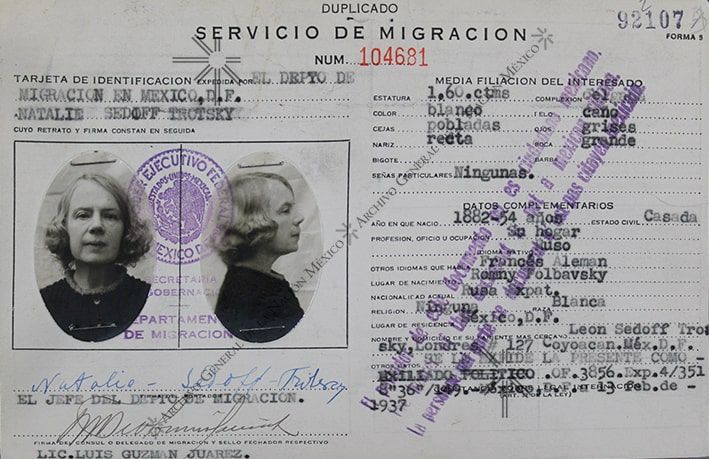Recognized political asylees in Mexico through Department of Migration documents
Among the documentation kept by the AGN in the Migration Department fund, there is a record of great figures who in the first half of the twentieth century adopted Mexico as their second nation.
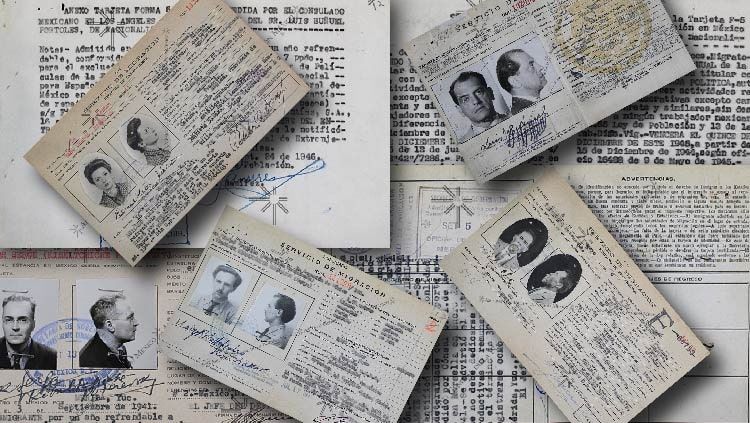
Mexico has been considered a country with a long tradition of migratory asylum, due to the visibility of the fact that it has granted protection to a significant number of people who, for political, economic, or social reasons, have been forced to leave their country of origin. Within the documentation kept by the AGN in the Migration Department fund, there is a record of great personalities who in the first half of the 20th century adopted Mexico as their second nation.
Since the 19th century, Mexico's policy has been favorable to immigration movements, especially about the so-called political refugees, based on the Foreigners and Naturalization Law of 1866, which protected immigrants entering Mexico, whose records were only simple passenger lists with the date of entry into the country. At the beginning of the 20th century, the first immigration laws were enacted, which led to the registration of the entry of foreigners through immigration cards. These contained from general information (name, nationality, profession or trade, and physical features), to matters related to the reasons for leaving their country of origin.
These cards, which form the files of the Department of Migration, concentrate a census and registry of foreigners that was carried out under the internal regulations of the Ministry of the Interior. The census and registration function was transferred to the Department of Demography of the General Directorate of Population in 1938, based on Article 15 of the Constitution. Thus, the doors of the country were opened to renowned personalities, which are listed based on their migratory record.
Luis Buñuel
Between the years 1939 and 1942, during the government of Lázaro Cárdenas, Mexico gave asylum to more than 25 thousand Spaniards who left their native country derived from war conflicts arising from the Spanish Civil War and Francoism. Among them was film director Luis Buñuel, who filmed more than 15 movies, among them Los Olvidados (1950), a film included as a UNESCO Memory of the World. Buñuel had the status of double exile as he was forbidden to return to Spain until 1970 and was persona non grata in the United States. He later became a naturalized Mexican citizen, a status he held until his death in 1983.
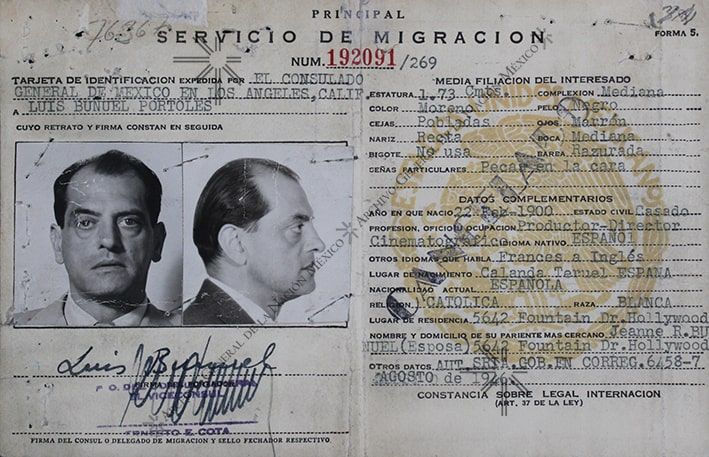
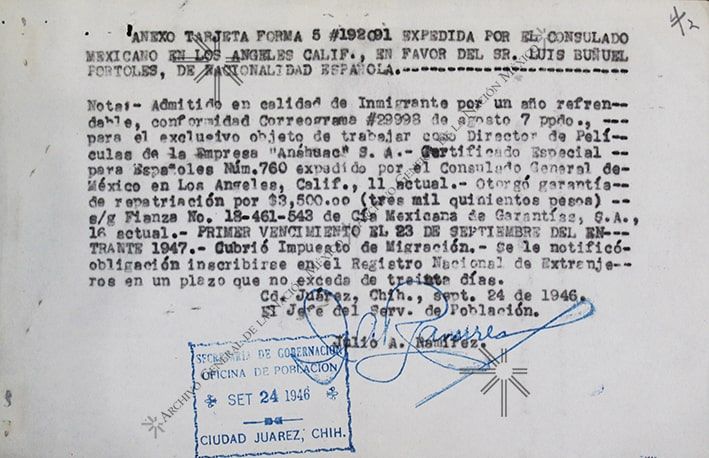
Tina Modotti
The migratory card of Italian photographer Tina Moddoti refers that her entry into the country, for the second time, was on March 19, 1939, as a tourist. Two days later she changed her status to that of a political refugee, which was also granted to her by General Cardenas, who annulled the expelled status imposed on her in 1930. Her first residence in Mexico had been in 1923, a period where she did most of her work and worked as a revolutionary, an activity she resumed on her return to Mexico.
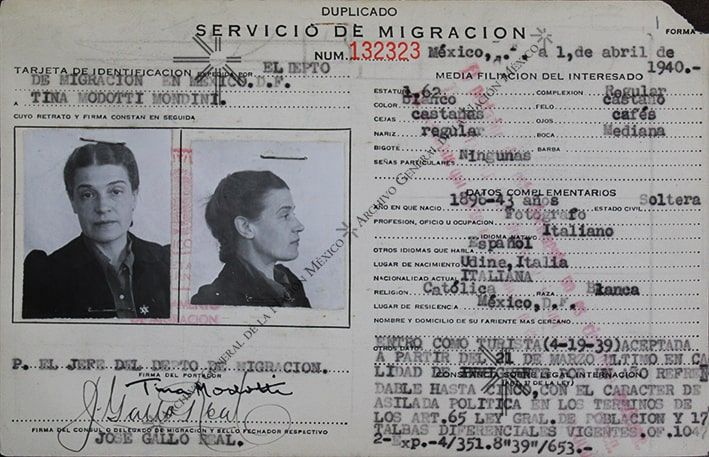
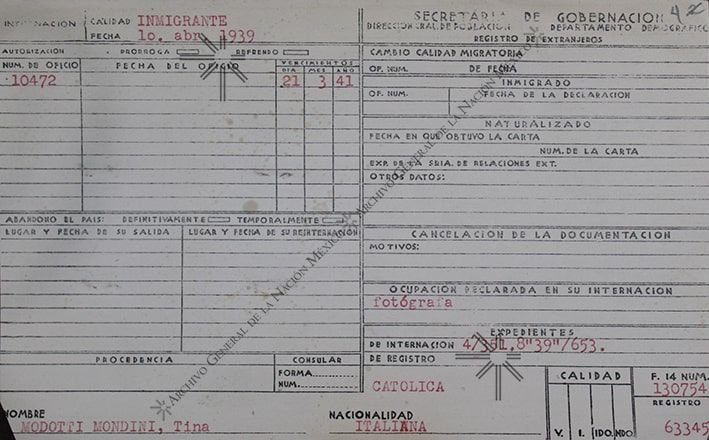
Tatsugoro Matsumoto
Considered one of the first Japanese immigrants to Latin America, Tatsugoro Matsumoto arrived in Peru in 1892 with the assignment of designing a Japanese garden in that country. Years later he arrived on Mexican soil in 1896, a year before the first massive Japanese emigration to Chiapas. Matsumoto was brought by a wealthy landowner and quickly established himself as one of the most prestigious gardeners among the Mexican upper classes and political spheres. One of his greatest contributions to Mexican botany was to introduce to Mexico City the jacaranda trees he had brought from Brazil and successfully reproduced in his nurseries.
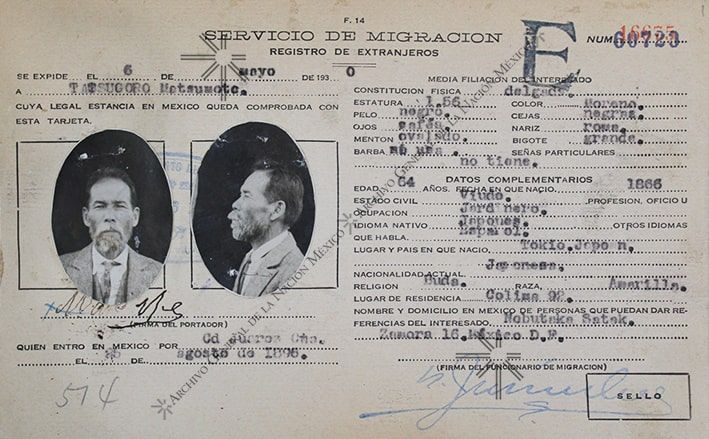
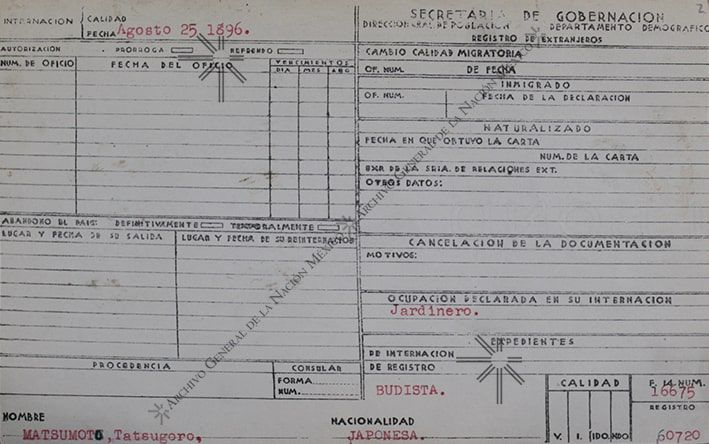
Remedios Varo
The outbreak of World War II and the expansion of Nazism in Europe brought the painter Remedios Varo to take refuge on Mexican soil in 1941. Through the artistic current known as surrealism, the Spaniard developed her main works in Mexico and Latin America, participating in several exhibitions in various art galleries and Mexican institutions, such as the National Institute of Cardiology, where she portrayed Mexican physician Ignacio Chávez as a tribute. Remedios Varo always kept her Spanish nationality and although she had contact with Mexican artists such as Diego Rivera, who appears in her migratory record as a reference, the painter established better links with other intellectuals in the same condition of exile, particularly with the British painter Leonora Carrington.
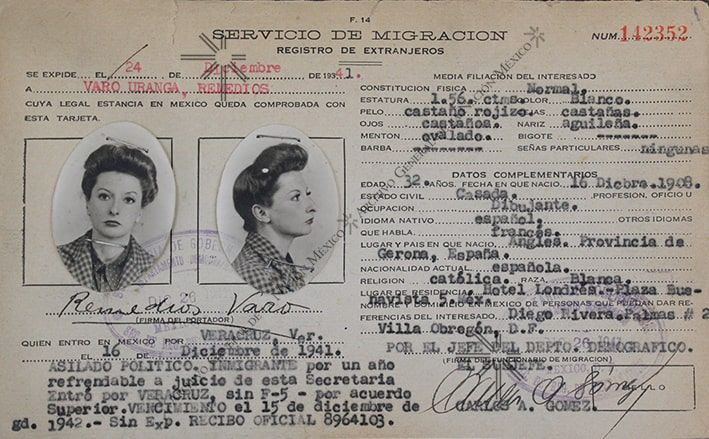
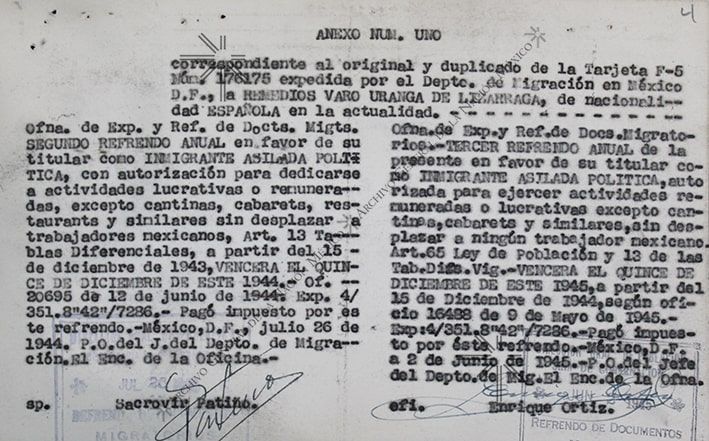
Víctor Serge and Vladímir Kibálchich Rusakov
These two characters, father and son, arrived in Mexico as political exiles after passing through several countries as refugees because of their ideas opposed to Joseph Stalin's regime. Victor Serge was a writer and active participant in the Russian revolutionary process with socialist ideals. Vladimir, better known as Vlady, stood out as a painter and upon his arrival in Mexico, he quickly joined the muralist movement, painting his works in institutions such as the Miguel Lerdo de Tejada Library and the General Archive of the Nation, which houses four large-format paintings.
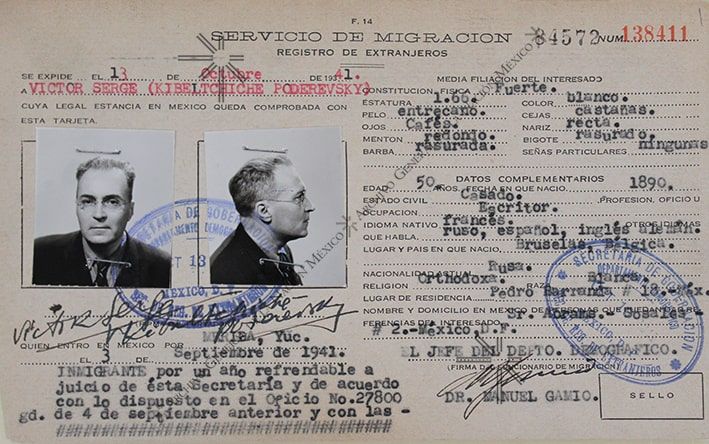
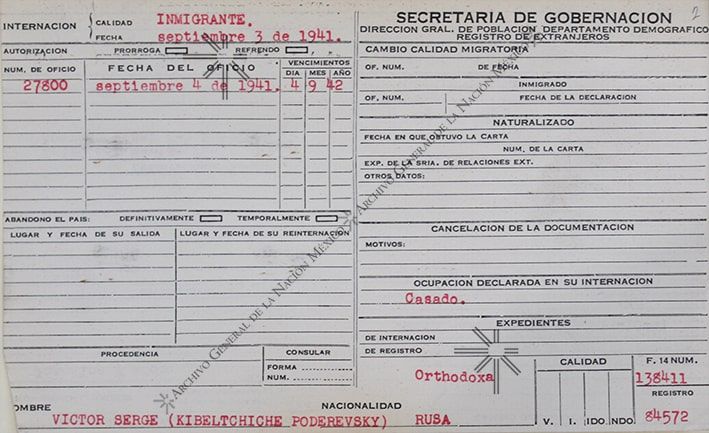
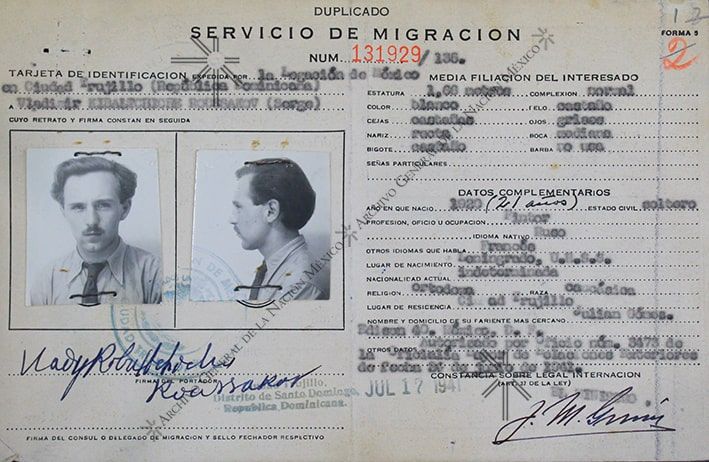
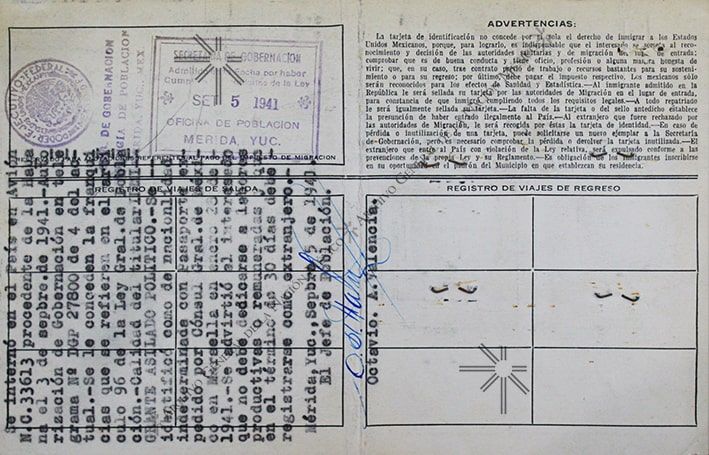
Natalia Sedova de Trotsky
One of the best-known cases of political asylum in Mexico is the Russian ideologist and revolutionary Leon Trotsky, exiled from the former Soviet Union, but along with him also came Natalia Sedova, who was his wife. Natalia was also an active revolutionary, a writer on cultural issues related to the Marxist current. Sedova was never exiled but accompanied her husband when he was expelled from his native country to Mexico, where she remained even after her husband's death. Together with Victor Serge, she published a biography of Trotsky.
